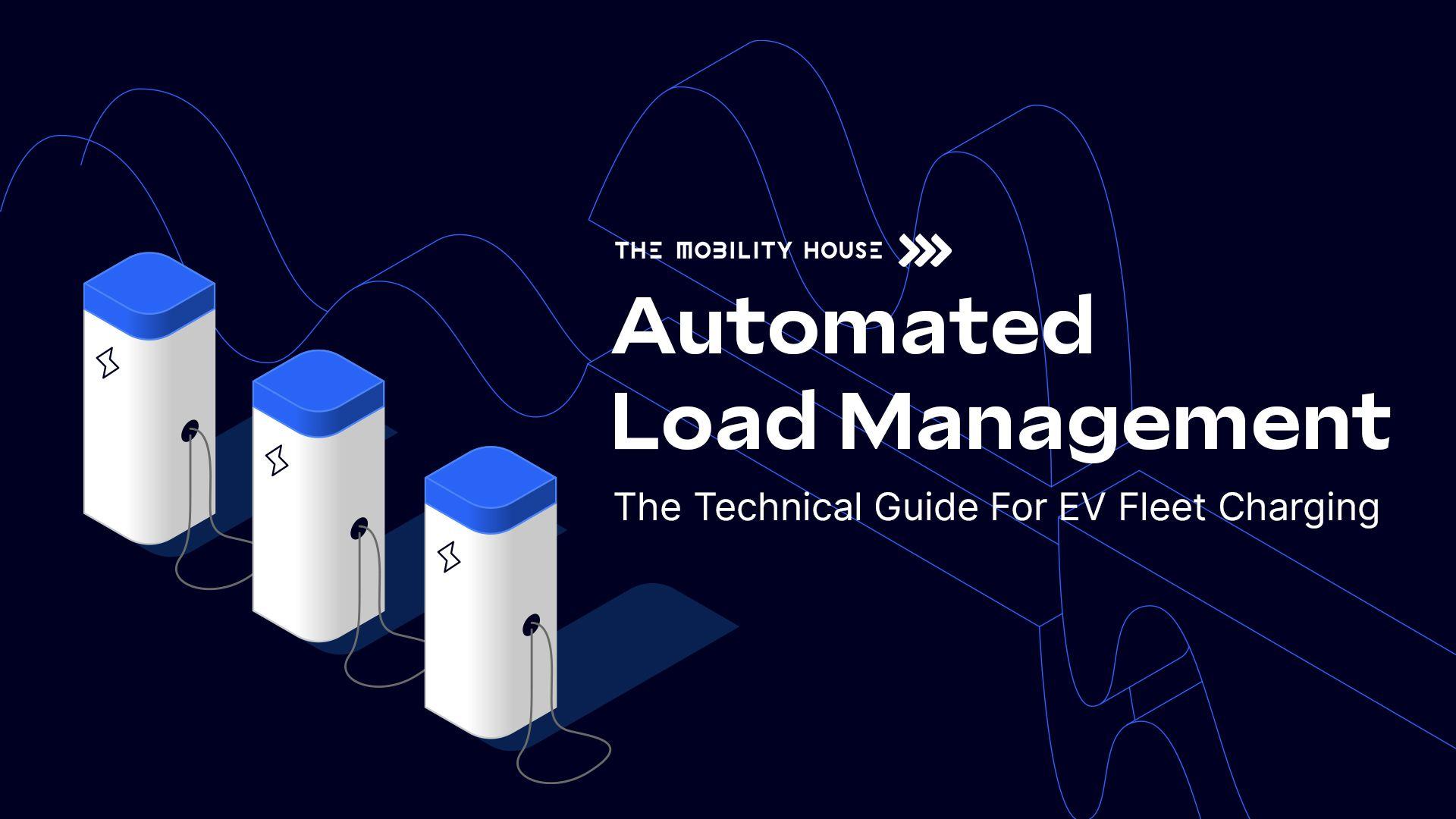The transition towards electric school bus fleets has gained momentum across the country due to its potential to reduce air pollution, save costs, and support the electrical grid through vehicle-to-grid applications. To further accelerate this transition, the Environmental Protection Agency (EPA) has introduced the Clean School Bus Program (CSB), which has committed $5 billion in funding over five years for electric and alternative fuel school buses. Unfortunately, as the program enters its third round of funding, it is clear that power capacity challenges are limiting the ability of many recipients to use these funds. In this blog post, we will explore how automated load management can help school districts maximize their EPA funding and efficiently charge their new electric bus fleets.
Leveraging Automated Load Management
Automated load management (ALM) can play a crucial role in ensuring the successful and timely commissioning of electric school bus projects. ALM solutions, such as those delivered by The Mobility House's ChargePilot software, offer a viable pathway for school districts to maximize their EPA funding and ensure that charging for their new electric bus fleets can be installed.
In some cases, districts have received EPA funding and have been unable to implement their EV project due to utility constraints or utility upgrade delays. Some districts have even had to return their EPA funding due to the inability to meet the deadline for the commissioning the project. ALM can help school districts overcome utility-related project delays by deferring or avoiding the need for an upgrade.
With ALM, EV charging implementation can be accelerated, enabling the installation of charging stations with a combined total nameplate electrical power rating that surpasses the site's grid connection capacity. This means that, if the available site capacity provides enough energy to satisfy a fleet’s operations, the fleet can still install enough chargers to have one charger per bus, which greatly simplifies operations. By leveraging TMH’s feasibility modeling and sophisticated ALM software solution, existing capacity from the utility company is optimized, adding essential flexibility to the charger deployment process that results in a seamless integration of more electric buses into a fleet.

Download our technical guide to learn more about ALM and how it works.
How it looks in the real world
A great example of how this could work was recently implemented at the Zerega Avenue School Bus depot, operated by New York City School Bus Umbrella Services (NYCSBUS) in the Bronx, NY. NYCSBUS was awarded an EPA CSB rebate for 25 new electric buses in 2023. They wanted to locate as many of these buses as possible at Zerega, but conversations with the local utility provider determined that they could not exceed 80 kW of new EV charging load, equivalent to about 4 new 80 amp Level 2 chargers. After implementing ChargePilot to manage load with ALM, however, they were able to install 14 new chargers, equivalent to 268 kW. Without ALM, they would have had to find somewhere else to charge those buses, or wait for a utility upgrade and risk losing the federal funding.
ChargePilot®: Smart Charging Software
The Mobility House's industry-leading charge management system, ChargePilot®, has been successfully deployed by over 1,700 fleets worldwide, including NYCSBUS, Modesto City Schools, and in many more districts across the United States. The implementation of this intelligent charging and energy management system at large school bus depots has resulted in annual cost savings of over half a million dollars. Additionally, the implementation of Vehicle-to-Grid (V2G) technology is being tested in a number of pilot projects, aiming to further optimize charging processes and generate additional revenue for districts and school bus operators.
Take Action Today
Automated load management solutions, such as The Mobility House's ChargePilot® software, expedites infrastructure mobilization for school districts and bus operators, enabling them to utilize and maximize their EPA funding and efficiently charge their new electric bus fleets. By addressing important considerations regarding the number of electric buses, required chargers, and power needs and power limitations, districts can successfully navigate the transition towards a cleaner and more sustainable school bus fleet. Seize the opportunity to make a positive impact on the environment and your community by embracing electric school buses, with the help of automated load management.

